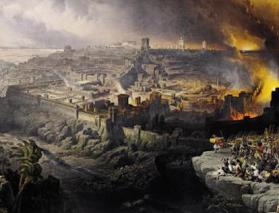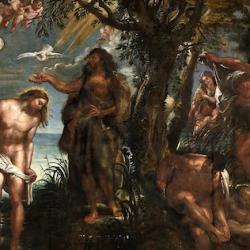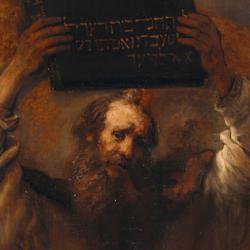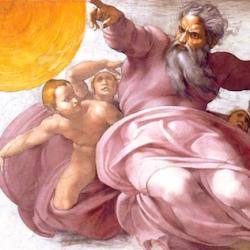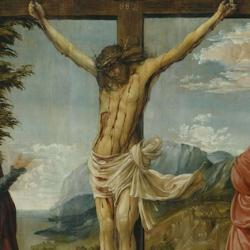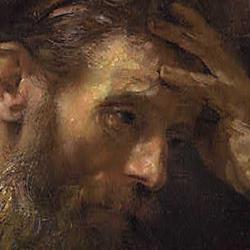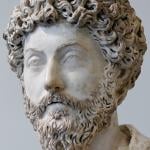N.T. Wright recognizes that the message of imminent judgment is central to the mission and ministry of Jesus (cf. Jesus and the Victory of God). He insists too that Paul is aware of Jesus’ prophecy and that Paul’s mission is shaped by the looming catastrophe. This from Paul in Fresh Perspective (56): “there are some passages in Paul which are often taken to refer to [the] final apocalypse, but which Paul probably did not intend that way. When he speaks... Read more

